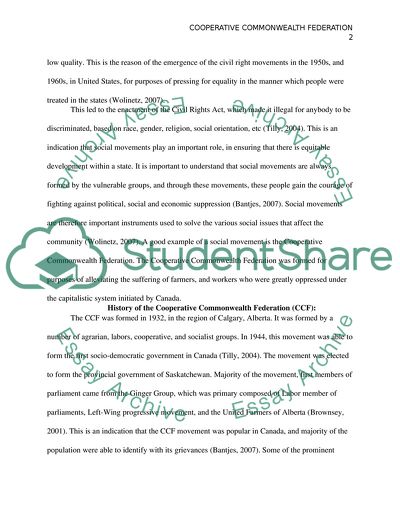Cite this document
(Social Movements In A Global Context Research Paper, n.d.)
Social Movements In A Global Context Research Paper. Retrieved from https://studentshare.org/sociology/1852654-the-ccf-co-operative-commonwealth-federation
Social Movements In A Global Context Research Paper. Retrieved from https://studentshare.org/sociology/1852654-the-ccf-co-operative-commonwealth-federation
(Social Movements In A Global Context Research Paper)
Social Movements In A Global Context Research Paper. https://studentshare.org/sociology/1852654-the-ccf-co-operative-commonwealth-federation.
Social Movements In A Global Context Research Paper. https://studentshare.org/sociology/1852654-the-ccf-co-operative-commonwealth-federation.
“Social Movements In A Global Context Research Paper”, n.d. https://studentshare.org/sociology/1852654-the-ccf-co-operative-commonwealth-federation.


